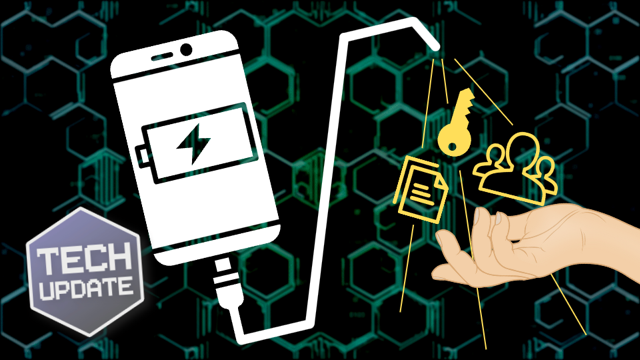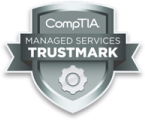 Airports, hotels, cafés, and even shopping malls now offer public charging kiosks to boost your phone or laptop battery.
Airports, hotels, cafés, and even shopping malls now offer public charging kiosks to boost your phone or laptop battery.
The FBI recently tweeted advice about stopping the use of them. But unfortunately, crooks have figured out how to hijack these USB charging kiosks, where they install malware or monitoring software onto devices as they charge.
While the security risk of "juice jacking" was long thought to be more of a theory than real until recently. Today, however, the tech needed to carry out an attack has gotten smaller, cheaper, and easier to use. Unfortunately, a less sophisticated criminal can now use this tactic to access your devices.
So how does juice jacking work?
Today, the most common charging cables – USB-C and lightning – each have a dual purpose and pins (wires) for charging and data transferring.
Normally, only the charging pins are used while charging your device. But when a compromised charging port (or a cable that someone has left behind) is being used, the charging and data pins (wires) can be used without you knowing.
When using the data pins, criminals can potentially install malware onto your device, thus giving them access to your credentials and other data. It's like plugging your phone into someone else's laptop to access the contents so they can access it.
How do you avoid this risk? Well, the best solution is to plug your charger and cable into a power outlet. Another option is investing in a USB data blocker if you cannot use your own charger and cable. These prevent the transfer of data while the device is being charged.
We help businesses stay secure and productive at the same time. So, if we can help, get in touch.
#PublicChargingPorts # kiosks #CyberCrime #beware #TechUpdate

